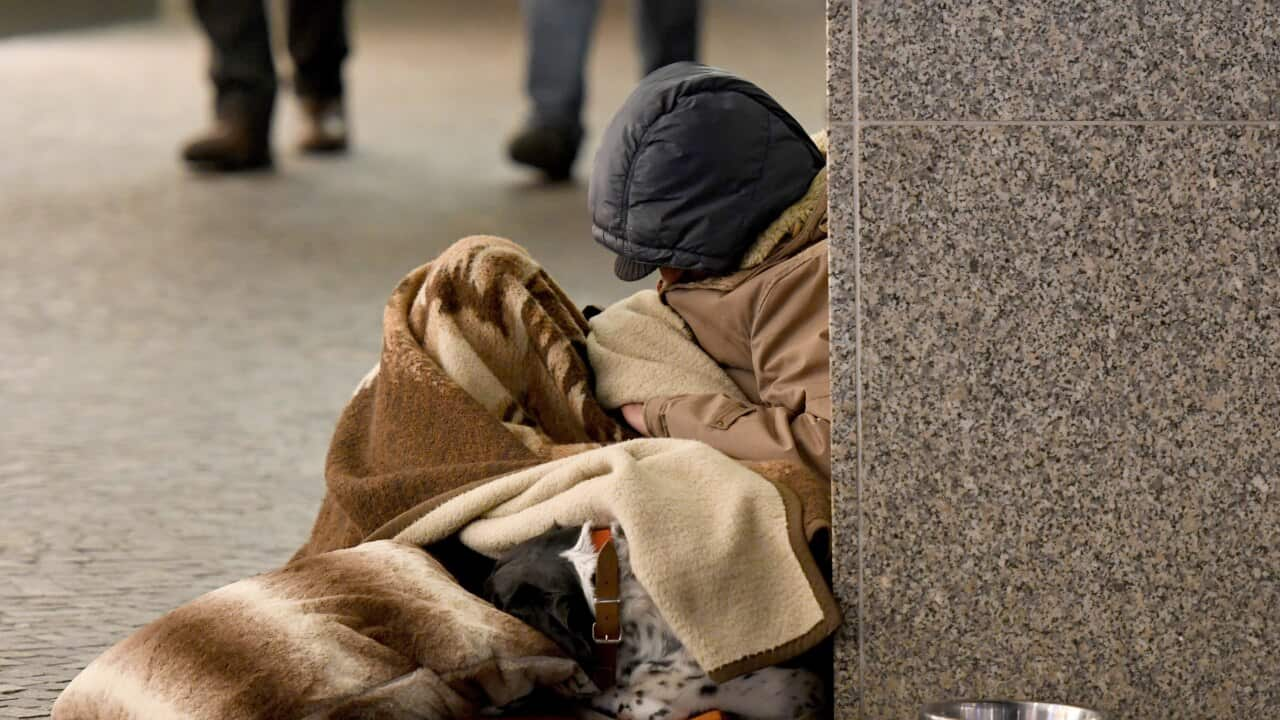For the majority of Nicole Cassar's childhood and early adult life, home stability was something that she and her three siblings were unfamiliar with.
Their mother was a victim of domestic violence, and it was often that during the late hours of the night, Ms Cassar's mother would wake her and her siblings up in their northern Melbourne home, pack a bag each and head on their way to a train station where they would travel out bush to a family member's home.
But it was other times that they didn't stay with such familiar faces.
"We've had to go and stay in a woman’s refuge and what happens is they house you in transitional housing and you usually stray there for six weeks," the Gunditjmara, Wotjobaluk and Maltese woman told NITV News. "I remember we stayed in the refuge two or three times."
For years during Ms Cassar's primary school life, this back and forth was happening, until Ms Cassar's aunties stepped in and said "enough was enough".
"I was missing out on school and my aunties said 'this girl has to go to school'," said Ms Cassar.
Ms Cassar and her siblings then went into their aunties care, until eventually finding their way back to their mother around a year later.
At this point Ms Cassar was in her first years of high school.
But with their mother still fighting against domestic violence, the four children were separated into two groups and put into foster care.
"The two youngest got severely physically and emotionally abused by their foster parents," said Ms Cassar.
"I aged out of the system at 16 and I went and got my brother and sister and brought them back to mum.
"I just made it happen… the carers knew if they tried to stop me I would expose them."
After getting her siblings back to living with their mother, who was working in an Aboriginal hostel, Ms Cassar ended up boarding with people she knew, swapping and changing until the age of 30.
Struggling to be accepted for a rental due to inconsistency in employment, it was at this time that Ms Cassar sought help from Aboriginal Housing Victoria (AVH).
Because of that service, Ms Cassar is now in a stable home, in the Melbourne suburb of Kingsbury, where she has been for the past 16 years and raising three children of her own.
"I am absolutely grateful, the stability is amazing," she said.
Victoria working to address homelessness
Aboriginal Housing Victoria said in 2019, 17 per cent of Aboriginal people sought homelessness assistance, with half of those people already without a home.
More alarmingly, more than half of those seeking support were under the age of 25.
The rate of homelessness has grown by 33.6 per cent over the past four years.
In efforts to help combat these rates, on Wednesday at Victoria’s Parliament House, the strategy was released.
The plan ensures “Aboriginal Victorians will be better supported to beat homelessness and maintain secure, long-term housing”.
The new plan comes with $5.3 million in funding from the Andrew’s government which will help fund initiatives including “Aboriginal-specific Private Rental Assistance Program, community engagement activities and the exploring future investment in Aboriginal housing”.
The Minister for Housing Richard Wynne said the housing challenges faced by Aboriginal people are “unique and embedded in historical injustice” and to overcome this, there needs to be a genuine partnership and co-operation between Indigenous communities and governments.
In developing the framework, the government worked alongside AHV, a not-for-profit registered Housing Association.
CEO Darren Smith told NITV News with the new framework now in place, he wants to see an ongoing commitment from the government.
"The framework was funded by government and it was really in recognition of self-determination, and AVH led the process with the aboriginal community," he said.
"We have high expectations."
Mr Smith said the framework looks at achieving goals over the next 20 years.
"We welcome the investment from the Victorian government today which of course is not going to resource all of the actions that have been identified in the framework, but it's really about starting a process and going forward from there," he said.
He also said that this collaboration between the government and the Aboriginal community is a step in the right direction.
"I think there is a lot of good faith going in good directions, government recognition we have given them a challenge, it won't be easy to do this but it is critical that we do," he said. "If we don't tackle this problem it is only going to grow bigger".
READ MORE

Rough sleepers at risk during winter

